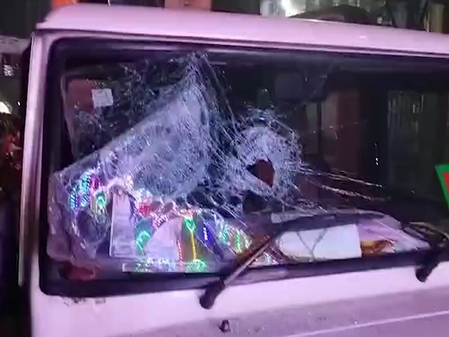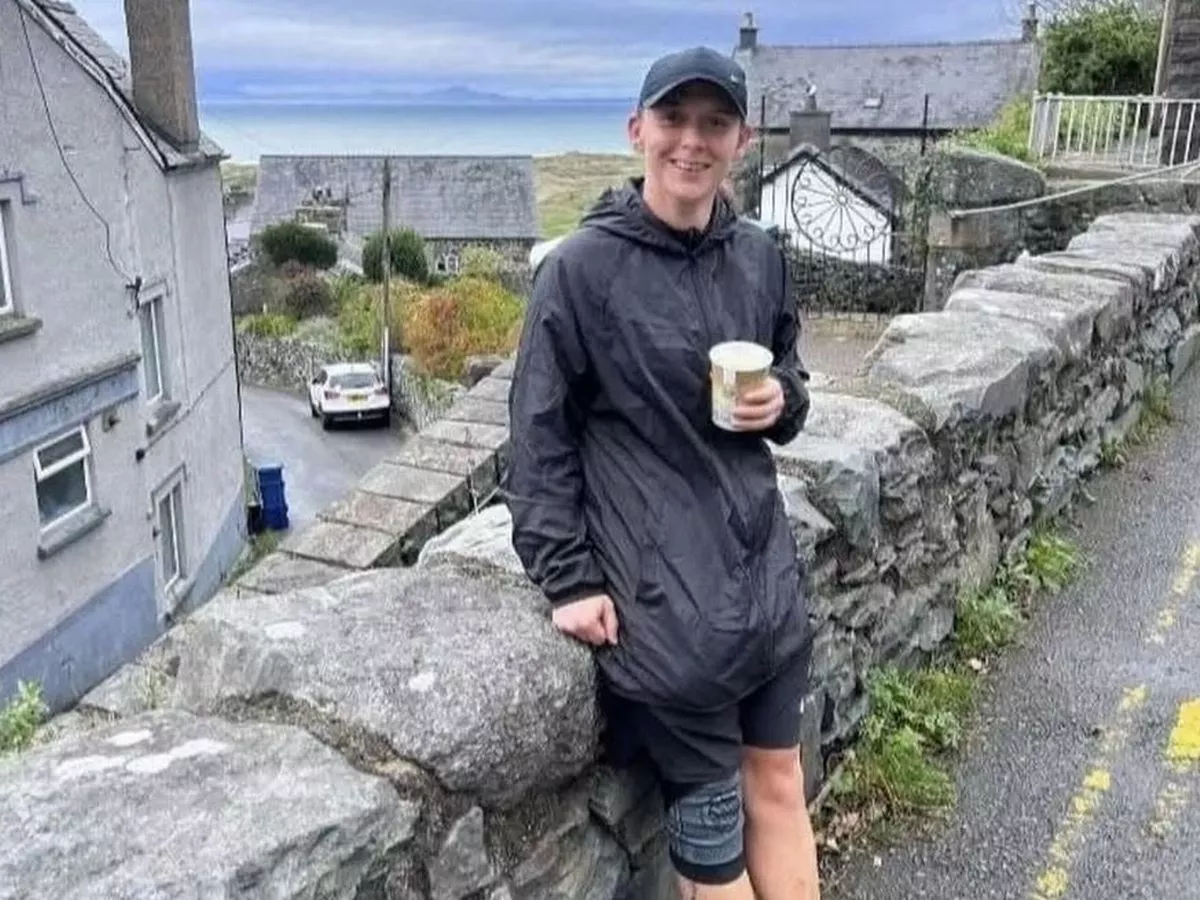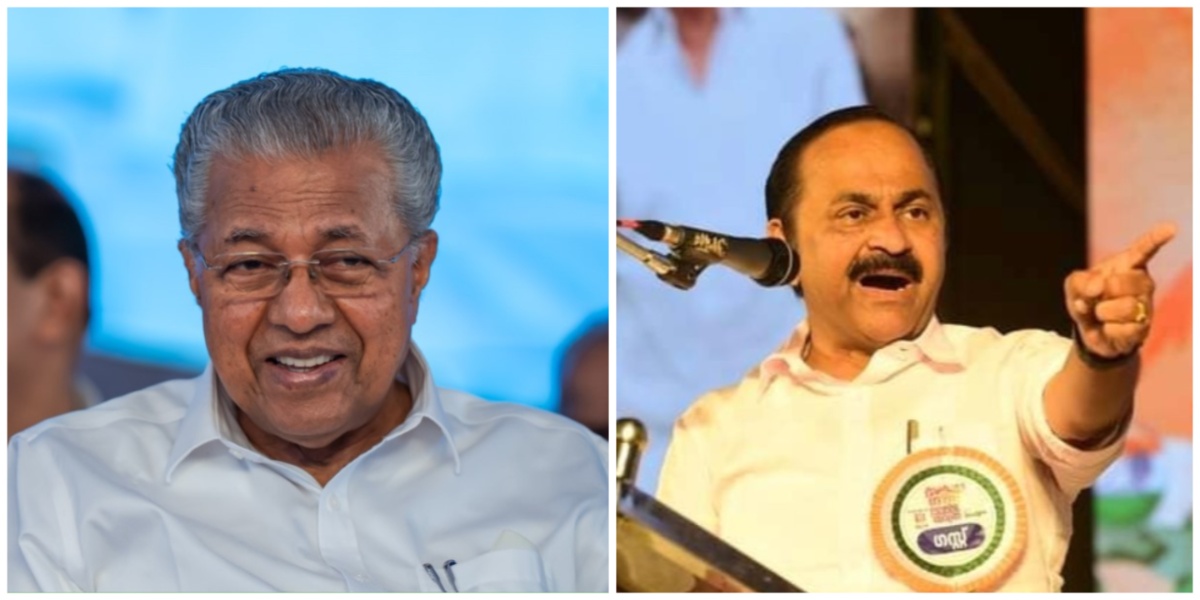Copyright Anchorage Daily News

Looking out at the social studies students seated in my rural Alaska classroom, I know each has a unique story to tell. They just might not know how yet. Growing up in the Bering Strait region offers unique experiences. We live 33 miles south of the Arctic Circle on an island that is just a quarter-mile wide. Almost every student I see is Alaskan Native Inupiat, Yup’ik or St. Lawrence Island Yupik. Earlier this year, our community lost 20 feet of coastline to back-to-back storms that, in nearby communities, swept homes off their foundations and prompted evacuations. Those life-threatening storms uprooted families in an instant. Disasters like these, and the trauma that comes with them, underscore the importance of the storytelling work I do with my students. A powerful storm can wash away a lifetime of memories, so it’s vital to keep local stories safe and alive. Storytelling isn’t just a lesson plan — it’s a way for students to make sense of change, carry forward their history, and protect what can’t be rebuilt. Alaska stories are beautiful and often hard to tell. Most are set against a backdrop of historical and ongoing trauma of land loss, assimilation and erasure. The loss of funding for a storytelling program that helps Alaska youth reclaim and preserve their own histories threatens to erode years of progress — just like the storms that erode our coastline. That program, See Stories, trains Alaska educators to guide students in documenting their lived experiences through film and storytelling. It was funded by the Library of Congress and supported through a Department of Education National Activities grant until that funding was canceled under the Trump administration. Without it, the program faces an unintended pause, silencing a generation of young storytellers whose voices deserve to be heard. For me and my students, the program is transformational. When I enrolled in See Stories, I knew I would learn how to develop student storytellers. I didn’t realize we would expand it into culturally-responsive and trauma-informed ways. Or that I would soon be able to watch students in my classroom and across the state build their power as storytelling was integrated into lesson plans. Being a witness to that growth was profound. As someone who deeply values equity, justice and fairness, and as an Indigenous Alaska woman raised in Nome, I know See Stories’ programs add a vital educational opportunity for populations that historically and continually face threats of erasure. The current cohort of educators gives voice to refugees from Ukraine. Ahead of that devastating storm this fall, a $20 million federal grant from the Environmental Protection Agency for flood prevention on Alaska’s coast had been canceled by the Trump administration. The youth who lost entire villages have a story that probably haunts them. Who will help them tell it? When students research, conduct interviews and produce films that reflect their Alaska experiences, it offers an alternate avenue of participation while validating their existence. Just the idea of being recognized as a living, breathing human and knowing one’s thoughts and ideas are heard — whether or not you agree with them or like them — is incredibly powerful. I will continue utilizing the tools I’ve gained through See Stories in my classroom because I’ve seen the difference the program has made for my students, particularly in an era when communication has shifted to texting more often than talking. Our students are our grandchildren’s elders. And I need them to show up in the world with confidence and self-assuredness, knowing their contributions make the world a better place. In order to have the communities we desire, we have to fund them in a way that matches that desire. Roben Itchoak is an educator in the Bering Strait region, where she helps her students turn their lived experiences into films that strengthen culture, confidence and community.



